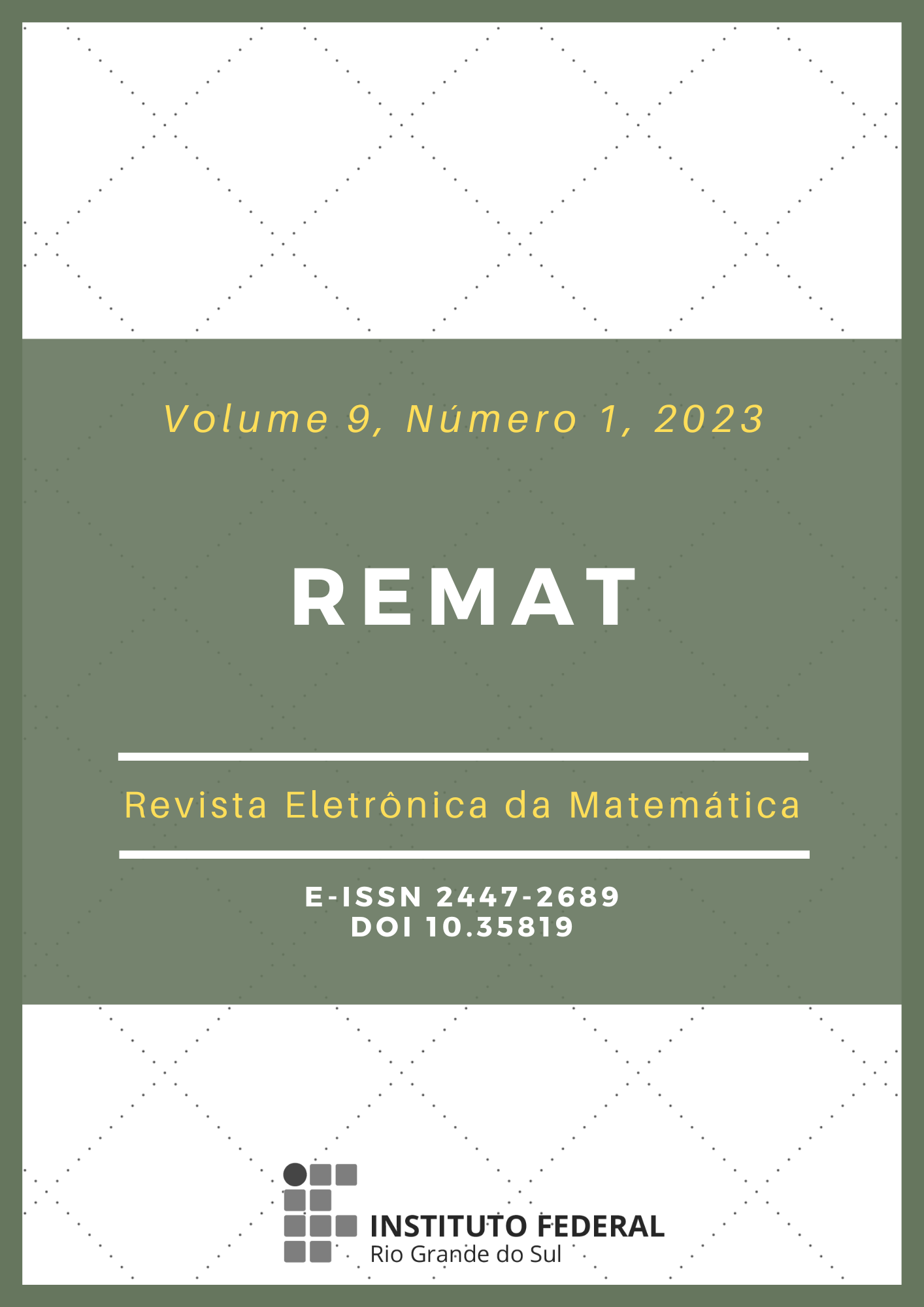Warranty cost analysis for equipment with two dependent failure modes
DOI:
https://doi.org/10.35819/remat2023v9i1id6427Keywords:
Reliability, Warranty Models, Gumbel DistributionAbstract
A common procedure in Reliability Engineering is to calculate the serial system survival probability. This formulation is used to calculate the reliability of an equipment with multiple independent failure modes. However, the hypothesis of independence between system components when there are correlated failure modes are lost. A bivariate probability distribution, the Gumbel distribution, was used in this study to calculate the warranty cost of a product subject to two non-independent failure modes. The joint probability density and reliability functions were presented and the cost equations under three different policies were developed from this model. An algorithm is designed to calculate the average time to failure assuming that the occurrence of any of the failure modes causes the client to claim the warranty. Finally, some numerical examples and cost graphs of different policies are presented.
Downloads
References
BLISCHKE, W. R.; KARIM, M. R.; MURTHY, D. N. P. Warranty Data Collection and Analysis. Springer Series in Reliability Engineering. New York: Springer, 2011.
BLISCHKE, W. R.; MURTHY, D. N. P. Reliability: Modeling, Prediction, and Optimization. New York: Wiley, 2000.
CHAUDHARY, P.; MASIH, S.; GUPTA, R. A Two Non-Identical Unit Parallel System with Repair and Post Repair Policies of a Failed Unit and Correlated Lifetimes. Reliability Theory and Applications, v. 17, n. 3 (69), p. 40-51, set. 2022. DOI: https://doi.org/10.24412/1932-2321-2022-369-40-51.
CHAUDHARY, P.; TYAGI, L. A Two Non-Identical Unit Parallel System Subject to Two Types of Failure and Correlated Life Times. Reliability Theory and Applications, v. 16, n. 2 (62), p. 247-258, jun. 2021. DOI: https://doi.org/10.24412/1932-2321-2021-262-247-258.
ELSAYED, E. A. Reliability Engineering. Wiley Series in Systems Engineering and Management. 3. ed. New York: Wiley, 2021.
FOGLIATTO, F. S.; RIBEIRO, J. L. D. Confiabilidade e Manutenção Industrial. Rio de Janeiro: Elsevier, 2009.
GUMBEL, E. J. Bivariate Exponential Distributions. Journal of the American Statistical Association, v. 55, n. 292, p. 698-707, 1960. DOI: https://doi.org/10.2307/2281591.
KECECIOGLU, D. Reliability Engineering Handbook. v. 1. Prentice-Hall, 1991.
LEEMIS, L. M. Reliability: probabilistic models and statistical methods. Prentice-Hall, 1995.
LOFSTEN, H. Measuring maintenance performance - in search for a maintenance productivity index. International Journal of Production Economics, v. 63, n. 1, p. 47-58, jan. 2000. DOI: https://doi.org/10.1016/S0925-5273(98)00245-X.
MATLAB. Versão R2022a. MathWorks, 2022. Disponível em: https://www.mathworks.com.
MEEKER, W. Q., ESCOBAR, L. A., PASCUAL, F. G. Statistical Methods for Reliability Data. Wiley Series in Probability and Statistics. 2. ed. Wiley, 2021.
MURALEEDHARAN NAIR, K. R.; UNNIKRISHNAN NAIR, N. On characterizing the bivariate exponential and geometric distributions. Annals of the Institute of Statistical Mathematics, v. 40, p. 267-271, jun. 1988. DOI: https://doi.org/10.1007/BF00052343.
PAUL, J.; THOMAS, P. Y. Sharma-Mittal Entropy Properties on Generalized (k) Record Values. Reliability Theory and Applications, v. 17, n. 1 (67), mar. 2022. DOI: https://doi.org/10.24412/1932-2321-2022-167-398-410.
PHAM, H. Handbook of Reliability Engineering. 1. ed. Springer, 2003.
RAHMAN, A.; CHATTOPADHYAY, G. Long Term Warranty and After Sales: Service Concept, Policies and Cost Models. Springer Briefs in Applied Sciences and Technology. Springer, 2015.
RAPOSO, C. Overall Equipment Effectiveness: aplicação em uma empresa do setor de bebidas do polo industrial de Manaus. Revista Produção Online, v. 11, n. 3, p. 648-667, 2010. DOI: https://doi.org/10.14488/1676-1901.v11i3.529.
ROSS, Sheldon M. Simulation. 5. ed. Elsevier, out. 2012.
Downloads
Published
Issue
Section
License
Copyright (c) 2023 REMAT: Revista Eletrônica da Matemática

This work is licensed under a Creative Commons Attribution 4.0 International License.
REMAT retains the copyright of published articles, having the right to first publication of the work, mention of first publication in the journal in other published media and distribution of parts or of the work as a whole in order to promote the magazine.
This is an open access journal, which means that all content is available free of charge, at no cost to the user or his institution. Users are permitted to read, download, copy, distribute, print, search or link the full texts of the articles, or use them for any other legal purpose, without requesting prior permission from the magazine or the author. This statement is in accordance with the BOAI definition of open access.













 https://orcid.org/0000-0002-0893-7426
https://orcid.org/0000-0002-0893-7426


















